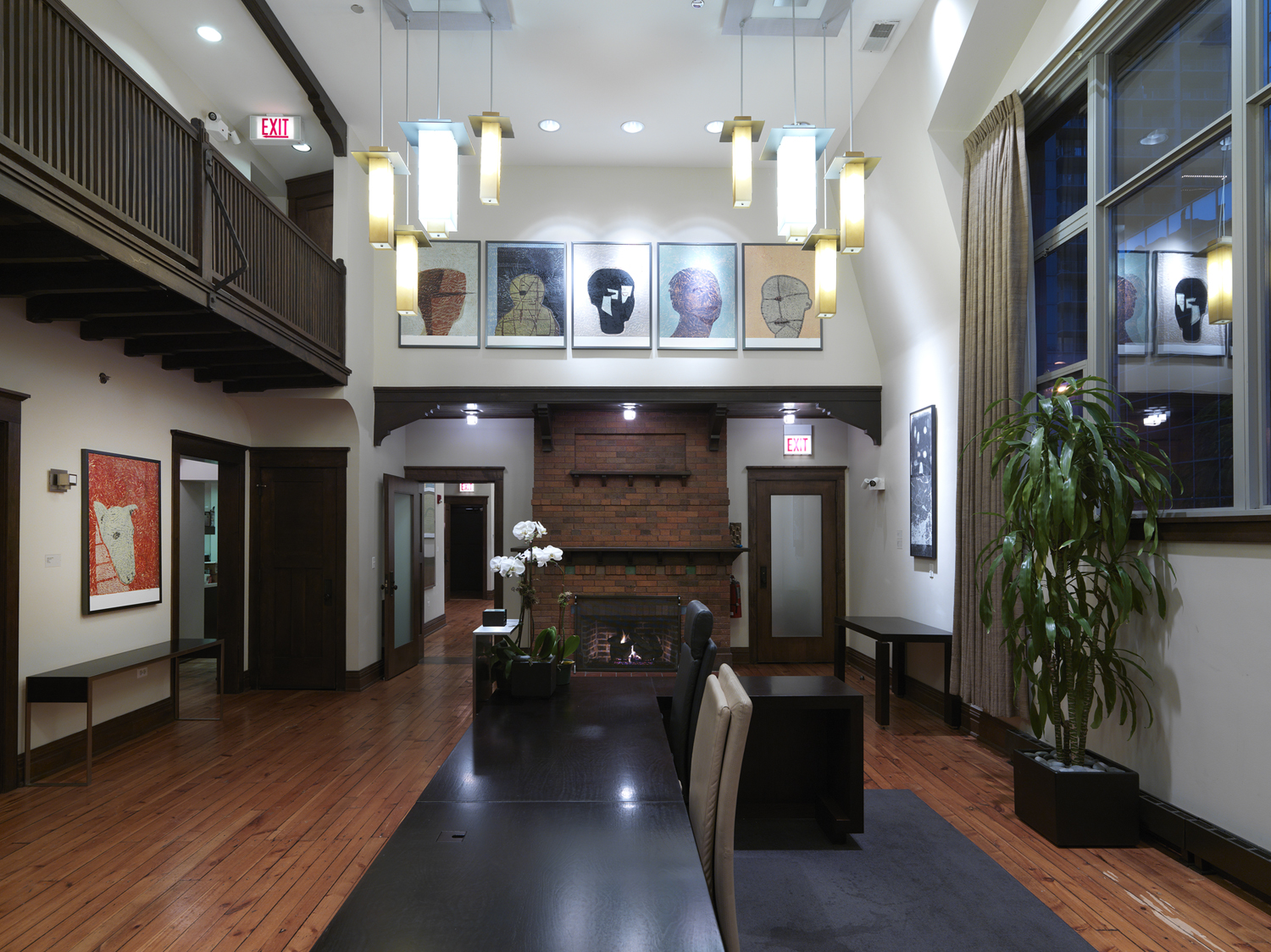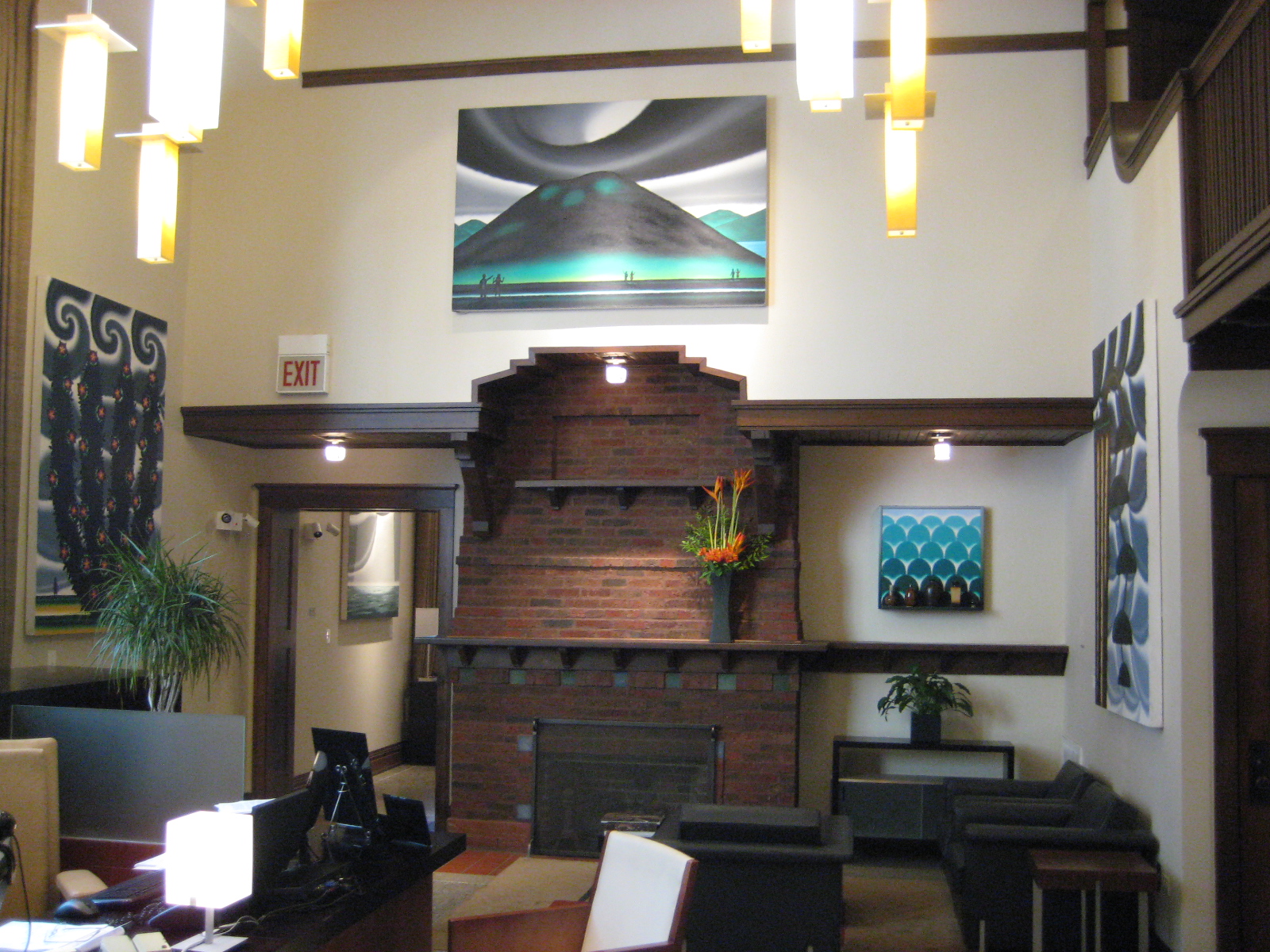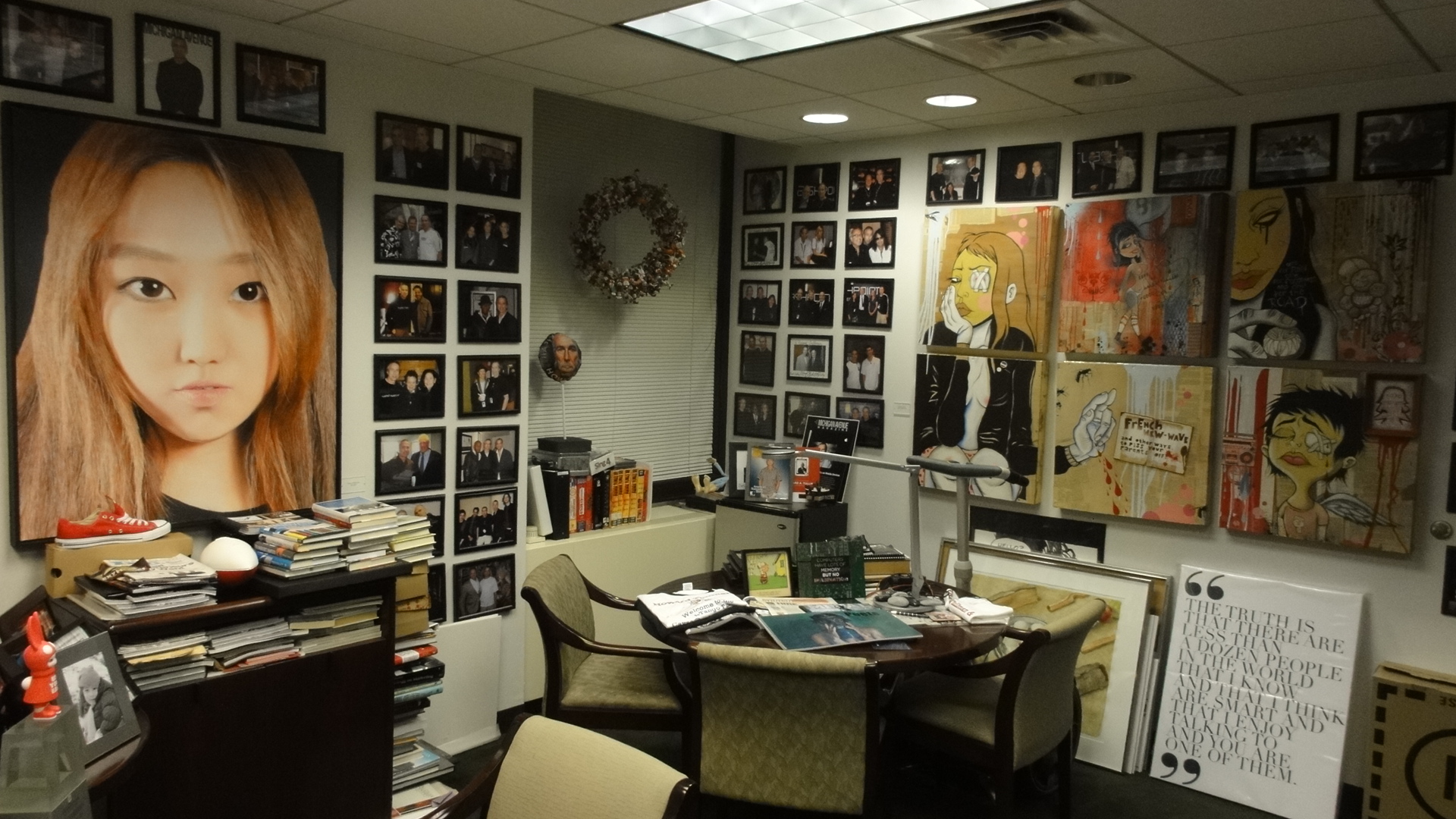- Login with Facebook to see what your friends are reading
- i
There has been a lot of talk about the need for innovation in business lately. I am no market analyst; but, one need only look at the growth of Apple upon Steve Jobs' return to that company and his push for innovation to see just how critical innovation is to a healthy, competitive business model. As businesses struggle to remain on top and come out with products that corner and change the market place, I wonder where this innovation comes from? Is it simply that business executives try to hire creative people, who are also reliable, and accept the fact that, like having blue eyes or green eyes, some people are creative and some aren't? Or can creativity and innovative thinking be fostered?
Steve Jobs noted in a February 1996 article in Wired that was brought to my attention by Brain Pickings:
Creativity is just connecting things. When you ask creative people how they did something, they feel a little guilty because they didn't really do it, they just saw something. It seemed obvious to them after a while. That's because they were able to connect experiences they've had and synthesize new things. And the reason they were able to do that was that they've had more experiences or they have thought more about their experiences than other people. Unfortunately, that's too rare a commodity. A lot of people in our industry haven't had very diverse experiences. So they don't have enough dots to connect, and they end up with very linear solutions without a broad perspective on the problem. The broader one's understanding of the human experience, the better design we will have.
If we take the above to be true (and I do), short of traveling around the world, how does one foster broad experiences? Michael Rose, CEO and chairman of Metropolitan Capital Bank & Trust believes that exposure to the arts is one way to do this.

If you aren't familiar with Metropolitan Capital Bank & Trust, it is a business with a very interesting perspective on how to be the most creative, and, thus, the most competitive in their field. Metropolitan Capital Bank & Trust has chosen at its headquarters the historic Tree Studios in Chicago, a loft building that, despite its downtown location, is usually reserved for artists. It also commandeers a program called Art Works Chicago: A Progressive Corporate Exhibition in its offices, which features the work of prominent artists rotating through its offices three times a year. Rose states that what separates Metropolitan Capital is its differentiated business model for building solutions that address complexity with creativity. As a small bank which focuses on residential clients of considerable net worth, Metropolitan Capital prides itself on being a universal bank, meaning that it offers commercial banking, private banking, wealth management, investment banking, commercial lending and trust services. However, to stay ahead of the competition and offer something of value for its universal clients, Rose explains the need to create tailored innovative solutions to very specific needs on a broad range of services. In other words, creativity in finance is MC's reason for being, what sets them apart and as Rose says, allows them to "eschew the status quo."
So how does MC achieve their creative edge? "We receive impact from the art on exhibit at MC and the historic architecture of the Tree Studios on a daily basis. It is part of the fabric of challenging convention. The art forces the consciousness to explore its boundaries. It challenges us and reinforces, as a daily reminder, the value of creativity and of keeping an open mind through a daily dialogue with the work, which one can see differently on any given day." Reiterating what Jobs says above, the art work allows the MC team members to have more dots to connect through diverse exposure and experiences.
Metropolitan Capital Bank & Trust seems committed to the philosophy of fostering innovation, as it runs its bank differently than most, and not just due to their unique surroundings and rotating art exhibits. Ninety percent of those working at MC are owners in the business (62 percent of the clients are entrepreneurs) and they use the Socratic method of a free flow of ideas in their investment committee meetings in order to approach each client's situation with a fresh approach and customized solution. Rose explained to me that MC's willingness to be open-minded and explore all options is critical. With a willingness to see the world in a broad way filled with broad experiences that are honed in from a free flow of ideas, and working in a creative environment enriched with varied art, sooner or later, "something will reveal itself."

Famous comedic actor and writer, John Cleese, again brought to my attention by Brain Pickings, seems to agree with Jobs and Rose that creativity and innovation can be fostered. "Creativity is not a talent. It is a way of operating." Further, he intimates that the process to finding a creative solution is the same for comedic writing and the arts as is it for everything else. "
We too often get stuck in the closed mode. Under the pressures which are all too familiar to us, we tend to maintain tunnel vision at times when we really need to step back and contemplate the wider view.This is the extraordinary thing about creativity: If just you keep your mind resting against the subject in a friendly but persistent way, sooner or later you will get a reward from your unconscious.
Chicago business entrepreneur and CEO and president of Tribeca Flashpoint Media Arts Academy, Howard Tullman, agrees that having varied artwork in your business surroundings can help to keep the innovative juices flowing.
There's no question in my mind that surrounding our students and our team with great, beautifully-executed examples of contemporary art has created the hyper-stimulating environment that it takes today to foster the kind of innovative and collaborative thinking -- and just plain excitement -- which sets those businesses apart which will be the new leaders in the digital revolution.The best business leaders I know are great storytellers and the arts (in all forms) are how we best tell stories, connect facts and data with real emotion, and excite our people to accomplish great things together. This kind of collaborative and innovative growth and team-based learning simply can't take place in a sterile environment. Art stimulates us and leads us forward in all things.

Michael Rose concurs.
Innovation and artistic vision with regard to finance is imperative. Creativity and complexity are things that we bring to the table for the quality and success of our clients. You can't underestimate the power of a stimulating environment, and the artwork itself, in fostering that approach. For example, when the artwork comes down and we switch over to a new exhibit, the whole place feels empty. There just isn't that on-going dialogue with the pieces and that added flow of energy.
I was first attracted to writing this article due to Metropolitan Capital Bank & Trust's unique approach to business. However, in doing further research, I found that, while certainly there are very few banks with MC's approach, Mr. Rose and Mr. Tullman's perspective on deriving innovation from arts world isn't as aberrational as all that. Richard Melman, the Founder and Chairman of Lettuce Entertain You Enterprises, Inc., had this to say: "I collect art, and I do appreciate art and artists. I get inspiration from a lot of different areas. At M Street Kitchen in Santa Monica, we created an art piece that says, "YES." (Meaning, whatever it takes, we say, "Yes.") So in this case philosophy and art blended together. I have an affinity for artists of any kind: painters, sculptors, chefs, musicians. I like the way they innovate. For me, it's hard to be creative in a vacuum, so I'm always interested in what's out there in the arts."
Co-founder and former vice chairman of Answers.com, current tech columnist for "The Daily Splash" for the Chicago Sun Times and Entrepreneur in Residence at the University of Chicago's Booth School of Business, Mark Tebbe agrees.
Today's business environment demands innovation and creativity today more than ever. Executives, as well as other business leaders, need to draw this innovation inspiration from a number of everyday creative sources such as music, theater and art. Those who appreciate creativity in these forms are often more inspired and open-minded to non-linear approaches to business problem thinking. And having art pieces around them and in the office can spark those creative inspirations, thus aiding the business.
However, before we assume that a trip to the Museum of Contemporary Art will do the trick, Melman was careful to point out that exposure to the arts is not all it takes. Regarding creativity he said, "It depends on the individual. A person can go to the opera regularly, but if he or she is not naturally creative or innovative, the opera can't change that. I believe that creativity is 80 percent discipline and 20 percent art. So, music can inspire, but it can't make a non-innovator into an innovator." True enough! Yet, it seems that making the connection between exposure to the arts and an increase in innovation in business has validity for the executives that I interviewed.
On a personal note, Senior Counsel at Bryan Cave LLP, attorneys at law, Scott Hodes added this sentiment.
For me, the visual arts have added an exciting dimension to my career. Although trained as a corporate and finance lawyer, my exposure to the visual arts, together with studying the history of art and reading art magazines and books, brought about my desire to collect art and ultimately led to personal relationships with a number of world class artists, dealers and collectors. Being a lawyer encouraged me to also become involved with legal problems involving the art world.This career pivot made me realize that there is a significant intersection of art and the law. It challenged me to write a number of books on art and the law and to offer my services as an art lawyer both professionally and pro-bono. Over time, art law added another area of expertise to my career and this has been very rewarding at many levels for me and my law firm. In retrospect, art has enriched my life in so many meaningful ways that I often challenge my colleagues to get involved in the arts and add a new dimension to their life.
As arts education is slashed left and right in the schools as something not necessary to creating a competent work force, it is interesting to hear that exposure to the arts might make for more innovative business leaders, and that some leading business professionals value exposure to the arts as one of the tenants for establishing multi-dimensional, and thus, more competitive employees. If your firm (or you!) is looking at gaining an added edge in its offices, here are some businesses that look to bridge the gap between the arts and the public and help to foster creative thinking and broadmindedness through exposure to the arts.
A Muse : A Muse pairs working teams, from a few creatives to the entire group, with artists whose processes, presented in a fun, focused, and accessible experience, lead to fresh insights and approaches to problem-solving.
The Two Percent: The Two Percent Gallery Tours take small groups to visit New York City galleries and architecture for intimate, mind-opening and fun discussions, and some New York history along the way.
The Second City: Second City Communications provides corporate training -- in an improv-based, collaborative and social environment -- to develop presentation skills; creativity and innovation; sales training; change and agility; and teamwork and collaboration.
Nixon Art Associates, inc.: Nixon Art Associates, Inc. is a Chicago-based independent advisor to corporate and private collections including art acquisition, collection management, and development of ongoing art programming for changing exhibitions in the workplace.

